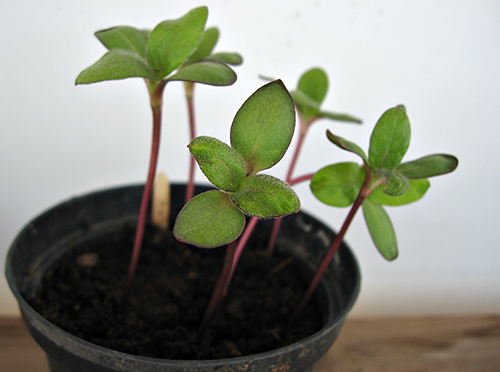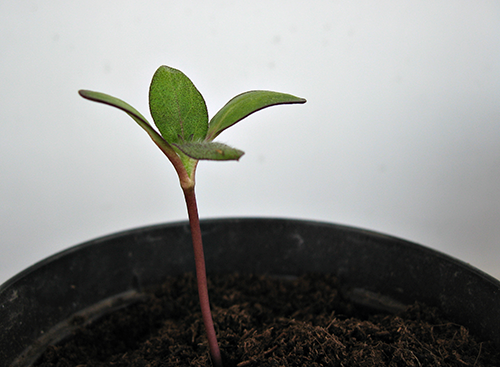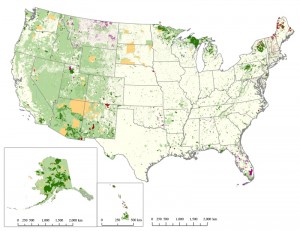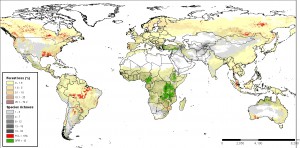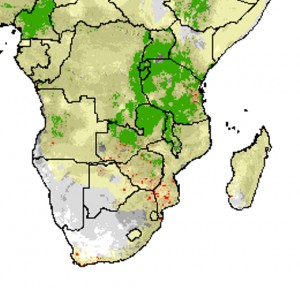There’s a new edition of the Carnival of Evolution up at Evolution: Education and Outreach, the “official blog” of the journal of that name, and it contains three items of direct interest to agrobiodiversity fans (four if you count our submission, but you’ve already read that, right?).
- Christie Wilcox reminds us that domesticated animals have smaller brains, relative to their body size, than their wild counterparts. Are they actually not as intelligent though?
- Sticking with domestication, Jason Goldman reckons dogs have evolved to take advantage of the existing mechanisms that bond parents to their children. I can vouch for that.
- And the author of Byte Size Biology takes on the gene transfer that sees pea-aphids making for themselves the carotenoids that colour some morphs orange. That’s a first for animal synthesis of carotenoids, essential compounds for healthy human life. Where did the pea aphids get their genes? From a fungus, by means of horizontal gene transfer. which is interesting in itself and also suggests a much simpler and perhaps more acceptable alternative to making transgenic staple crops rich in carotenoids: let’s just stick the gene into people!
